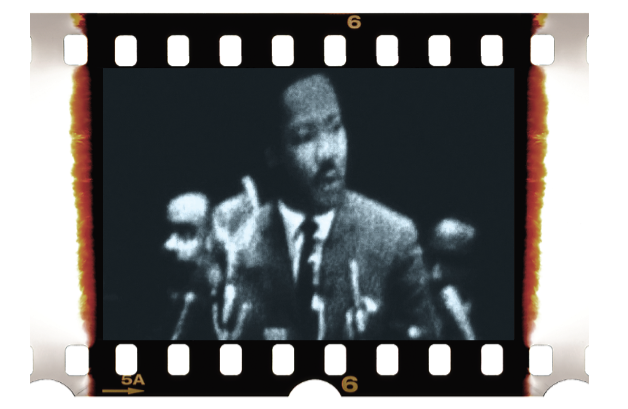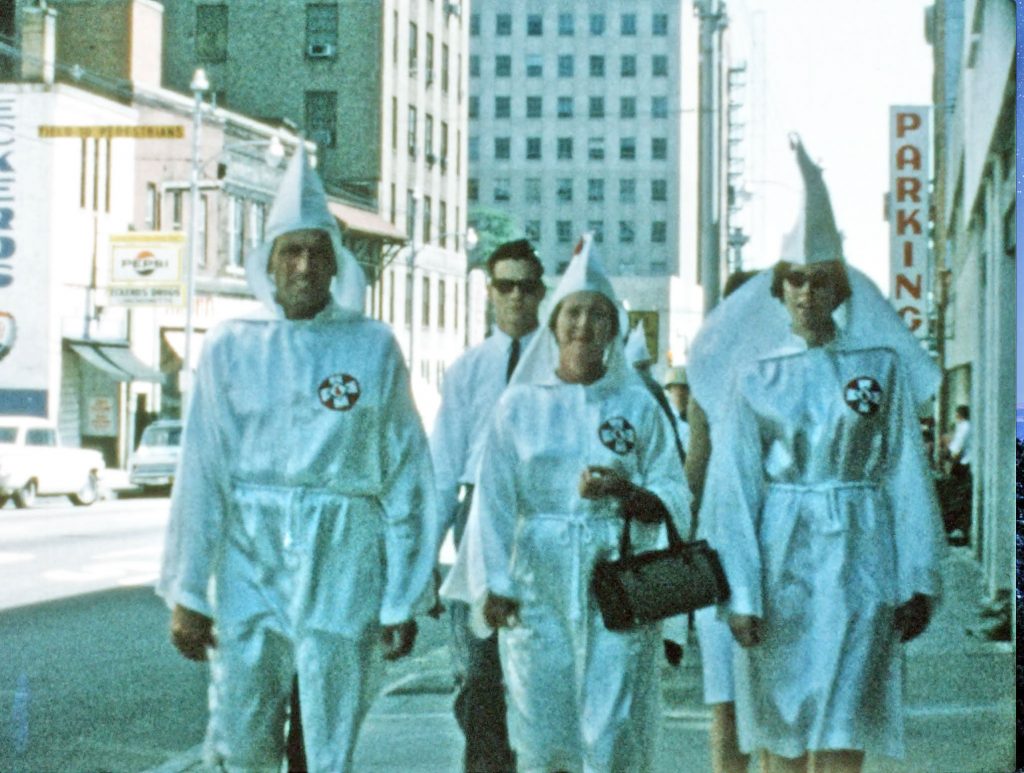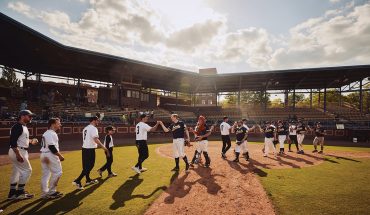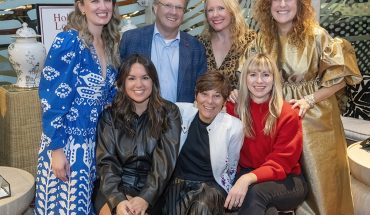In the summer of 1966, Dr. Martin Luther King spoke at Reynolds Coliseum. Recently-discovered footage brings the event into focus.
by Ayn-Monique Klahre | Film stills by Edgar Wyatt, courtesy Marshall Wyatt
On July 31, 1966, Dr. Martin Luther King Jr. spoke at Reynolds Coliseum on the campus of North Carolina State University. A crowd of 4,000 — described by The News & Observer as“3,000 Negroes and 1,000 white persons” — gathered to hear him speak. King’s visit was sponsored by the Martin Luther King Forum, described by the paper as “a local ad hoc committee served by Romallus O. Murphy and the Rev. W. B. Lewis, as co-chairmen.”
Ira Harris, who was 13 at the time, attended the speech with his grandfather. They drove in from Franklin County, but it was a harrowing trip. “Some of the usual roads to get us to US-1 were blocked off, so we had to take some detours,” he says.
“When we finally got to Raleigh, we slowed down even more — the National Guard was there, and the KKK was there, and regular citizens were there, too.” He remembers parking and walking a “long way” to the coliseum, arriving toward the end of King’s speech.
“We only heard a few words, but hearing his voice was an inspiration. His voice sort of echoed through the arena, just like you hear on TV,” says Harris. “It still resonates with me. We saw him as our savior at the time, especially those of us that were nonviolent, and looked to him as our leader.”
According to the N&O, in his speech, King reiterated his philosophy of nonviolence, condemning more militant groups and Black supremacy doctrine. He pushed for Black Americans to “continue to work for first-class citizenship” warning to “never use second-class methods in gain.”
He said that integration would require “a change in the hearts of men,” but argued that legislation was necessary to bring about this change: “It may be true that morality can’t be legislated, but behavior can be regulated. You can’t force him (the segregationist) to love me, but you can restrain him from lynching me.”
King also noted that North Carolina, a state he called “one of the most liberal in the South,” also had one of its most active Ku Klux Klan memberships. That was evidenced on the day of his speech: in the hours before King was set to talk, 1,800 Klan members marched in downtown Raleigh.
Sharing the front page of the N&O article about King’s visit, “King Asks Peaceful Struggle,” is a headline in larger print: “Raleigh Klan Rally Pushes White Power.” A photo shows Grand Dragon Robert Jones addressing Klansmen in Nash Square.
The article describes the group as including women and children; members were in full regalia and the Klan’s gold-helmeted security squad was there as well. They marched from Memorial Auditorium to the Capitol Building and back, harassing groups of Black people who were nearby, and at times getting into fights with spectators.
Until recently, only one photo and no known footage of King’s speech existed. The photo, which was taken by an Associated Press photographer, shows King at the end of his speech receiving a standing ovation. (The N&O sent photographers to the rally, but not to King’s speech.)
A few years ago, Dr. Jason Miller, a professor at NC State who is an authority on King’s speeches, was asked what he knew about this visit. “The truth was, very little — and I only knew two people on campus who knew it had even happened,” says Miller.
So he dug into King’s FBI files and the state archives, unearthing 150 negatives of the Klan rally and the newspaper coverage. “I realized that no one wanted to talk about Dr. King’s speech because it meant they would have to talk about the Klan,” Miller says. He put his research together for a 2020 exhibit at NC State, “When MLK and the KKK Met in Raleigh.”
Shortly after the exhibit, he got a call from Raleigh native Marshall Wyatt. His late father, Edgar Wyatt, had been an avid amateur videographer who kept meticulous records of his footage, which included both family milestones and goings-on around town.
Marshall remembered that his father had gone downtown to film a counterprotest to the Klan rally on his Kodak Super 8. And when Edgar returned home, he’d caught the tail end of King’s speech, which was broadcast on television. Marshall found the film, digitized it, and sent it to Miller.
The video has no sound, but it’s in full color. “He took 50 feet of film just to get three minutes, but you see it all — the Klan members in their white and red robes, their faces showing. The children are the most startling, they’re holding hands and all dressed up,” says Miller. Then it cuts to the television footage of the speech: “It’s black and white, and fickle and slow rolling, but you can still see Dr. King, with all his energy.”
Marshall was 15 at the time and a student at Broughton High School, but he was away at Governor’s School during the event. “I remember my dad showing me the film footage, and I know he felt it was important to put the Klan footage into the wider context of Dr. King’s visit,” he says. “We both felt that he’d captured events that were historically significant. It bolstered my belief in racial equality.”
On Jan. 17, Miller and his team will air the footage in an immersive exhibit at NC State that includes still photographs and recordings of other speeches by King (for details visit calendar.ncsu.edu). Margaret Baker, a Ph.D. candidate at NC State, has been working on the exhibit.
“The goal of the project is somewhere between short film and art installation — we have a film with interviews with folks in the project and the community, but there’s also time to just sit with the work,” she says.
“You can tell it’s downtown Raleigh, and it’s difficult to reconcile this tension in our community.” On Jan. 18, Miller will be at the North Carolina Museum of Art discussing the event (free but registration required; ncartmuseum.org) and screening the footage as well.
“We’re using technology to recover a history, an event that has been lost to time,” says Baker. “It’s valuable because it also shapes us in the present.”
“Hearing Dr. King, even though it was just for a little bit, made me think about the possibilities for myself and our families, for our classmates and friends,” says Harris. “It made my whole year — in fact, my life.”

This article originally appeared in the January 2024 issue of WALTER magazine.





